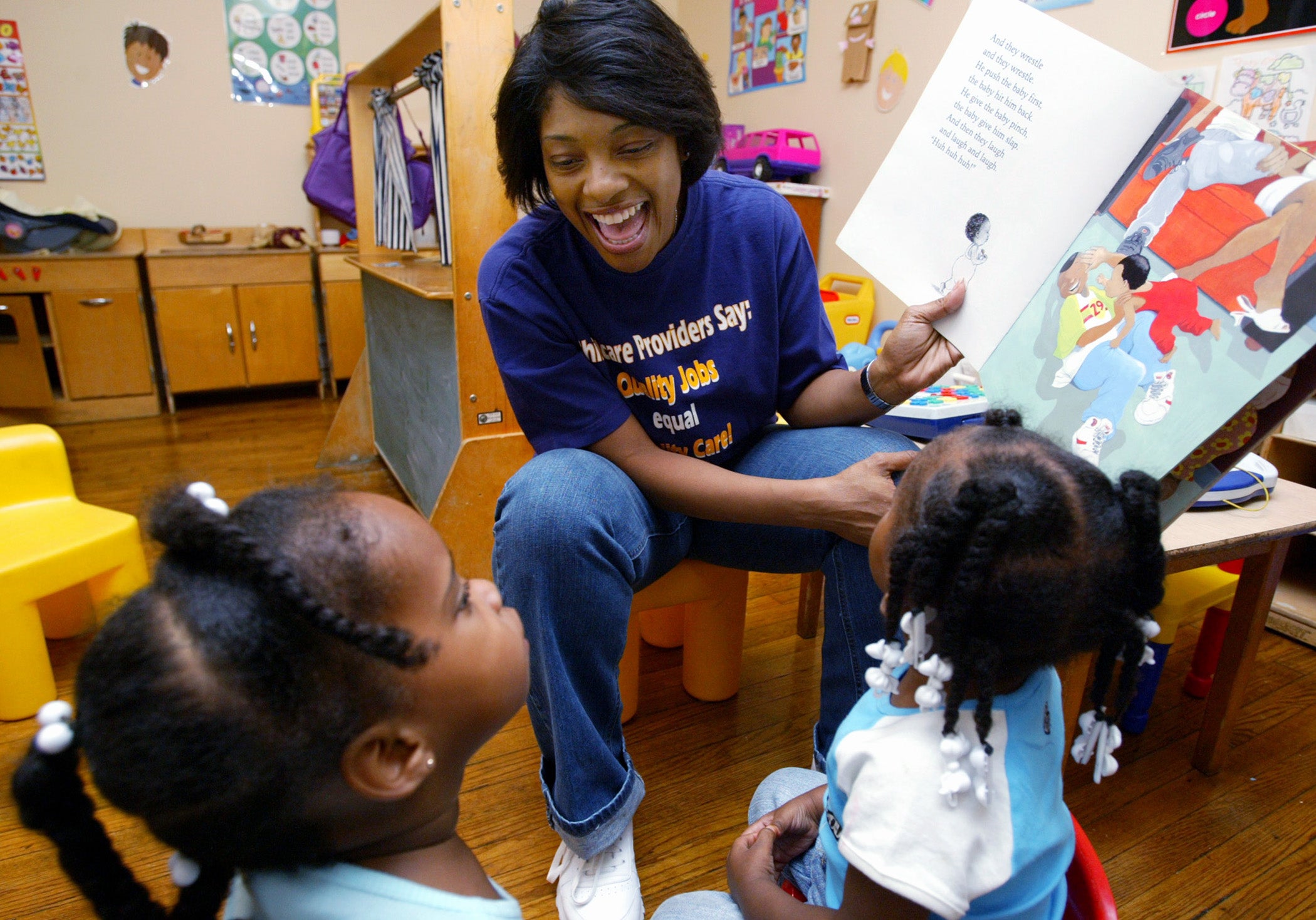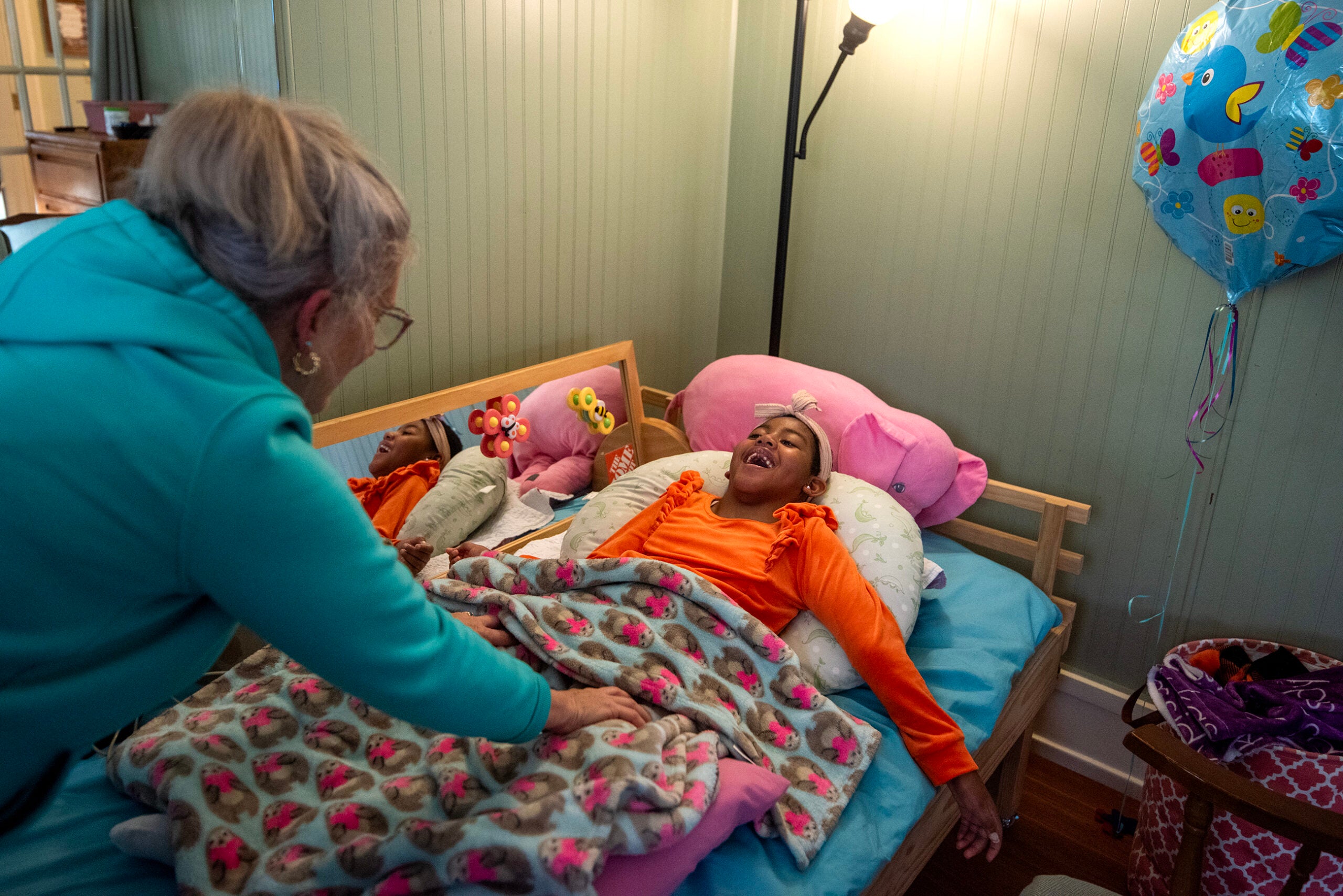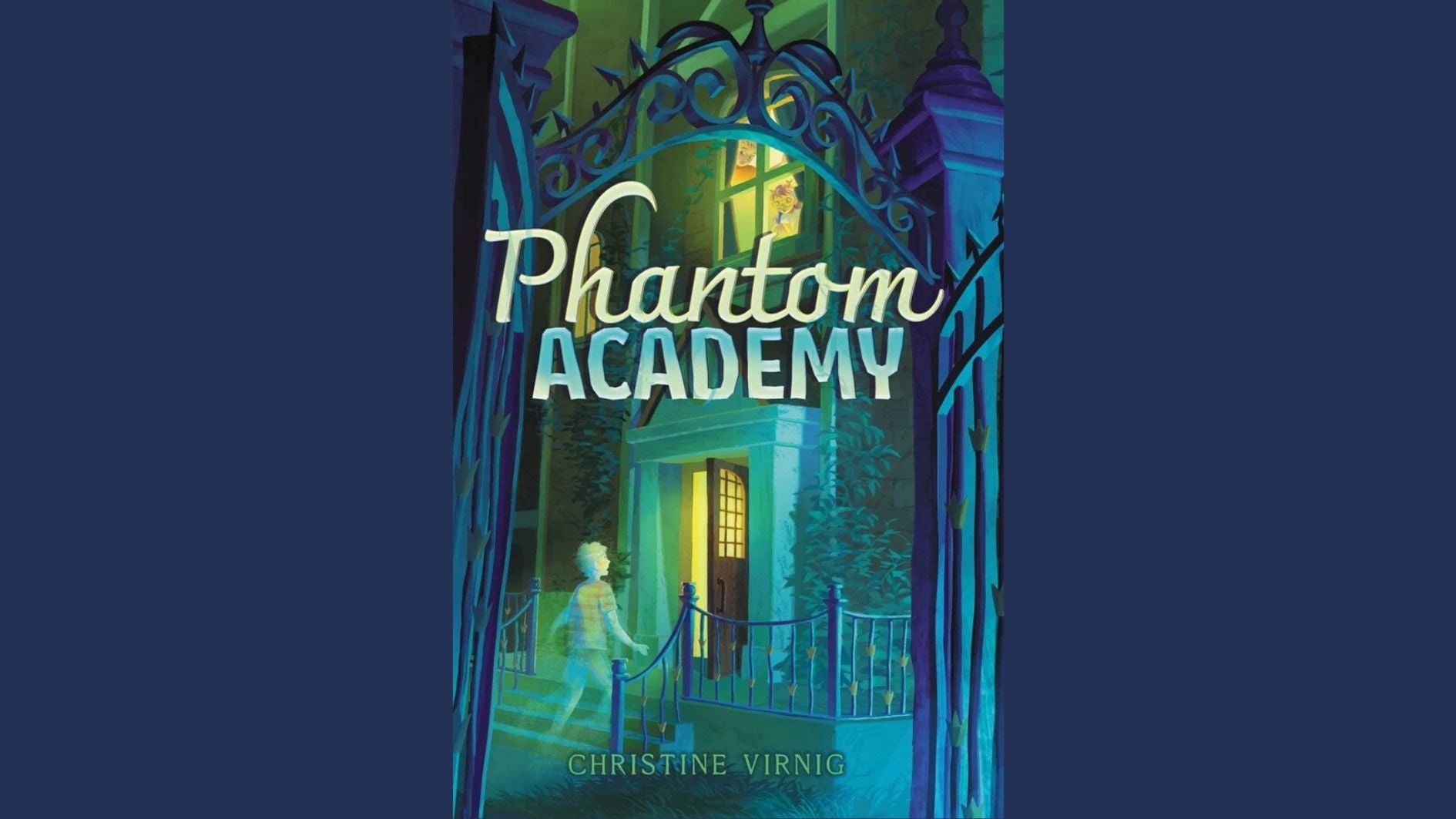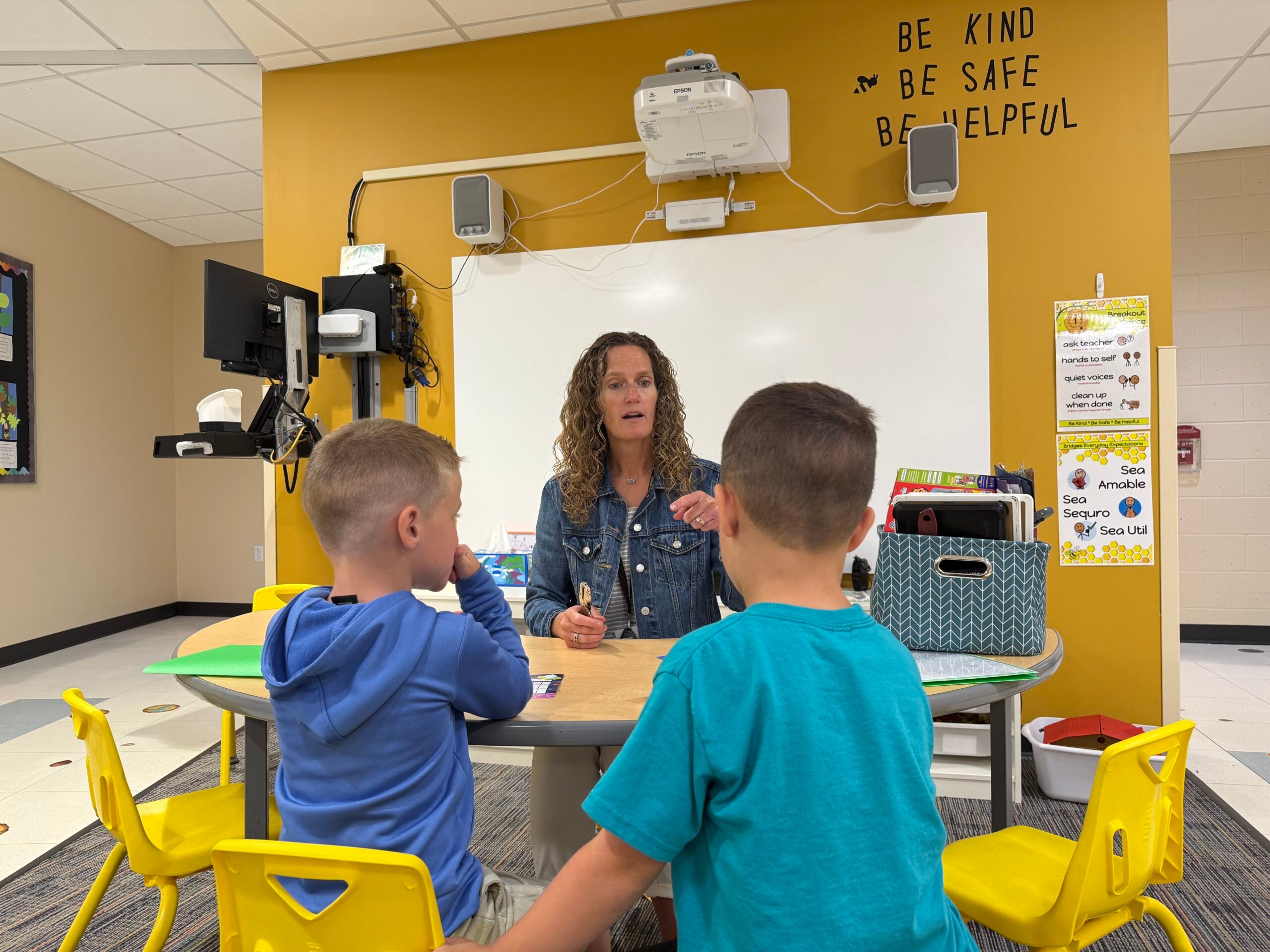About 1 in 7 Wisconsin adults has low literacy, and the Wisconsin author of a new book says the roots of that crisis start in infancy and early childhood.
Between the ages of birth and 6 years old brains are malleable and interaction is key to literary success later in life, Milwaukee-based literacy advocate Maya Payne Smart said.
“It’s not just about the words that we’re saying, whether we’re speaking aloud or narrating what we’re doing during the day,” she said. “It’s about that turn taking, the back and forth, the serve-and-return duet of conversation with the child.”
News with a little more humanity
WPR’s “Wisconsin Today” newsletter keeps you connected to the state you love without feeling overwhelmed. No paywall. No agenda. No corporate filter.
Smart recently joined Wisconsin Public Radio’s “Central Time” to talk about her new book, “Reading for Our Lives: A Literacy Action Plan from Birth to Six,” and outlined tips for families to help children have strong literacy.
The following was edited for clarity and brevity.
Rob Ferrett: In your book, you talk about modeling conversation like a back-and-forth between a parent and a kid before they can even talk. Could you spell out how that works?
Maya Payne Smart: It’s important for parents to recognize all of the attempts at communication that their infant is making. While your 3-month-old isn’t going to respond in words or sentences, they will give you cues and babbles that indicate their engagement and indicate their learning. If we treat those babbles as conversation, or respond to those babbles, ask questions and proceed as if it’s a typical conversation with words, we’re creating wonderful learning opportunities.
RF: You say interaction is key to literacy. How can we help kids interact while reading?
MS: Kids are learning when they’re interested and engaged. When they are young and hearing the story, they’re going to pick up wonderful vocabulary, knowledge and background information. When they’re older, around 3 or 4, they start to pay attention to the print. When you’re dragging your finger from left to right, you’re showing that the text moves from left to right or top to bottom of the page.
There are many lessons within the book objects, but the parent brings the lesson alive by paying attention to the child, noticing what they’re interested in and responding with words and gestures.
RELATED ARTICLE: Wisconsin schools grapple with national data showing steep declines in math and reading
RF: You are saying interaction can be things like, ‘Point at the dog,’ or ‘Help me turn the page,’ or whatever is age appropriate?
MS: Absolutely. The age-appropriate piece is important, because learning does look different at different ages.
The 12- to 14-month-old child may be pointing to familiar characters or to things that they want you to name. They may be beginning to hold a crayon and make marks which is the beginning of writing. So when parents have a little more knowledge about what’s going on developmentally with children, they’re better able to help the child get to the next level.
RF: What are the everyday opportunities to teach reading without even cracking a book open?
MS: The more fun and engaging the time is, the more they’re going to spend on task building that letter knowledge. Songs, games, all of that is wonderful.
I met someone over the weekend whose son was deemed the king of kindergarten at his school because of his strong reading. The mom explained that the son learned it because they had a karaoke business and he spent a lot of time watching people sing while seeing the text light up with the song. And so it wasn’t with a book in hand, but it was still making that print-sound connection.
RF: What about the idea of modeling reading for kids?
MS: I know my daughter learned a lot about how much we value reading from the amount of time that she sees her grandmothers and parents reading. But watching us read doesn’t necessarily teach her anything.
Wisconsin Public Radio, © Copyright 2026, Board of Regents of the University of Wisconsin System and Wisconsin Educational Communications Board.





